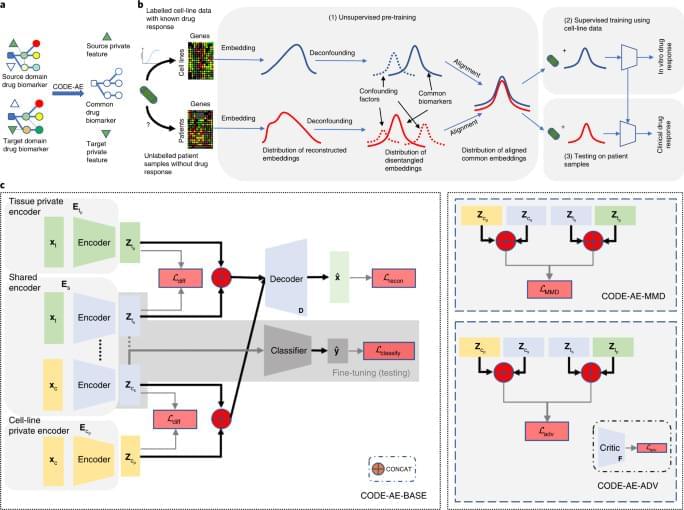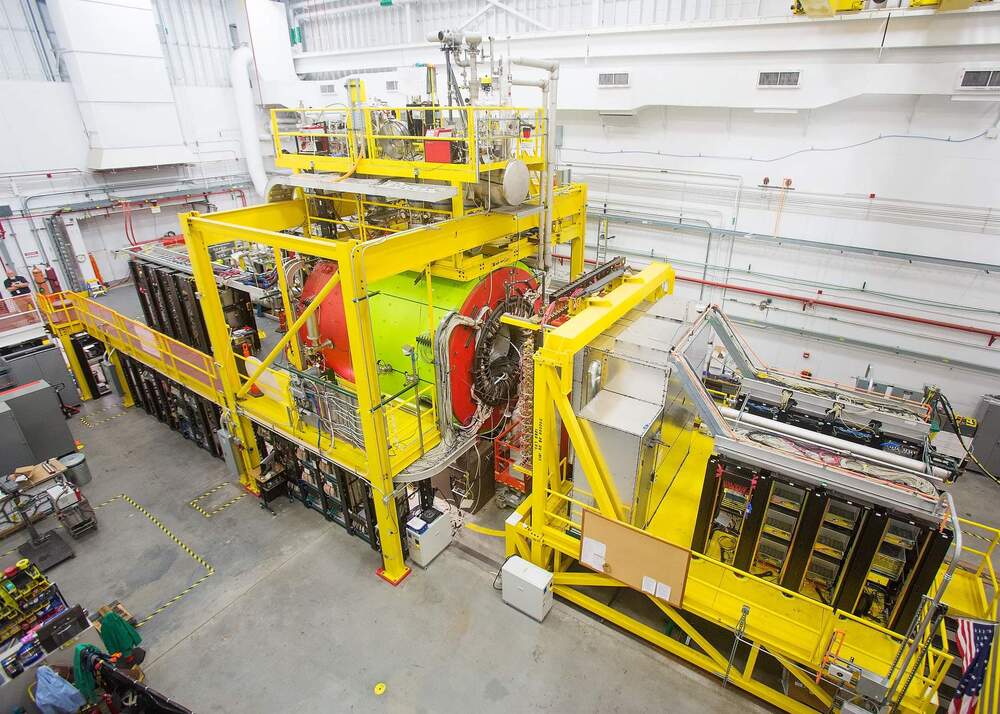
Category: robotics/AI – Page 1,497


Nuclear physics experiments are extremely data intensive
Now, #AI and #MachineLearning systems have proven that they can keep up with the torrent by processing raw experimental data in real-time. https://www.jlab.org/news/stories/trial-run-smart-streaming-readouts
Ben Goertzel | Beyond AGI: Imagining the Unimaginable
Dr. Ben Goertzel, a self-described Cosmist and Singularitarian, is one of the world’s leading researchers in artificial general intelligence (AGI), natural language processing, cognitive science, data mining, machine learning, computational finance, bioinformatics, and virtual worlds and gaming He has published a dozen scientific books, 100+ technical papers, and numerous journalistic articles.


DeepMind’s AlphaCode AI writes code at a competitive level
DeepMind has created an AI capable of writing code to solve arbitrary problems posed to it, as proven by participating in a coding challenge and placing — well, somewhere in the middle. It won’t be taking any software engineers’ jobs just yet, but it’s promising and may help automate basic tasks.
The team at DeepMind, a subsidiary of Alphabet, is aiming to create intelligence in as many forms as it can, and of course these days the task to which many of our great minds are bent is coding. Code is a fusion of language, logic and problem-solving that is both a natural fit for a computer’s capabilities and a tough one to crack.
Of course it isn’t the first to attempt something like this: OpenAI has its own Codex natural-language coding project, and it powers both GitHub Copilot and a test from Microsoft to let GPT-3 finish your lines.
Boston Dynamics’ robot Spot has “permission to dance” to BTS’ popular hit song
The dancing robots performed in a video that was in conjunction with a concert held by BTS in Busan, South Korea.
Boston Dynamics robot dog, Spot, is dancing, once more. This time, it’s to the hit song “Permission to Dance” by group BTS, a popular band from South Korea, in a new video (featured below).
Boston Dynamics’ robot Spot dancing.

A new AI model can predict human responses to drug compounds, transforming medicine
It’s more affordable and effective.
City College of New York’s new AI model will be able to predict accurately human response to novel drug compounds. Moreover, it is less costly and faster. Published in Nature Mature Intelligence.
According to research, the new CODE-AE model can screen brand-new medication molecules and reliably forecast their effectiveness in people. In tests, it was also able to find potentially more effective tailored medications for over 9,000 patients.
Luckystep/iStock.
Published in Nature Mature Intelligence on October 17, this technique might significantly speed up precision medicine and medication development.

World’s second richest man sells his private jet to avoid being tracked on Twitter
Will other billionaires follow suit?
Over the summer, Frenchman Bernard Arnault, the co-founder of luxury goods company, Louis Vuitton, was under fire on Twitter for the excessive use of his private jet. His solution to escape the criticism was to sell his private jet and rent one instead when needed, Bloomberg.
Billionaires like Arnault have used private jets in the past as well, but without being noticed by the public at large. However, with the use of automation, their information can not only be pulled up but also publicly shared over social media channels like Twitter.

‘Killer Robots’ Are Already Here. They Just Don’t Look Like You Think
You might suppose Hollywood is good at predicting the future. Indeed, Robert Wallace, head of the CIA’s Office of Technical Service and the US equivalent of MI6’s fictional Q, has recounted how Russian spies would watch the latest Bond movie to see what technologies might be coming their way.
Hollywood’s continuing obsession with killer robots might therefore be of significant concern. The newest such movie is Apple TV’s forthcoming sex robot courtroom drama Dolly.
I never thought I’d write the phrase “sex robot courtroom drama”, but there you go. Based on a 2011 short story by Elizabeth Bear, the plot concerns a billionaire killed by a sex robot that then asks for a lawyer to defend its murderous actions.